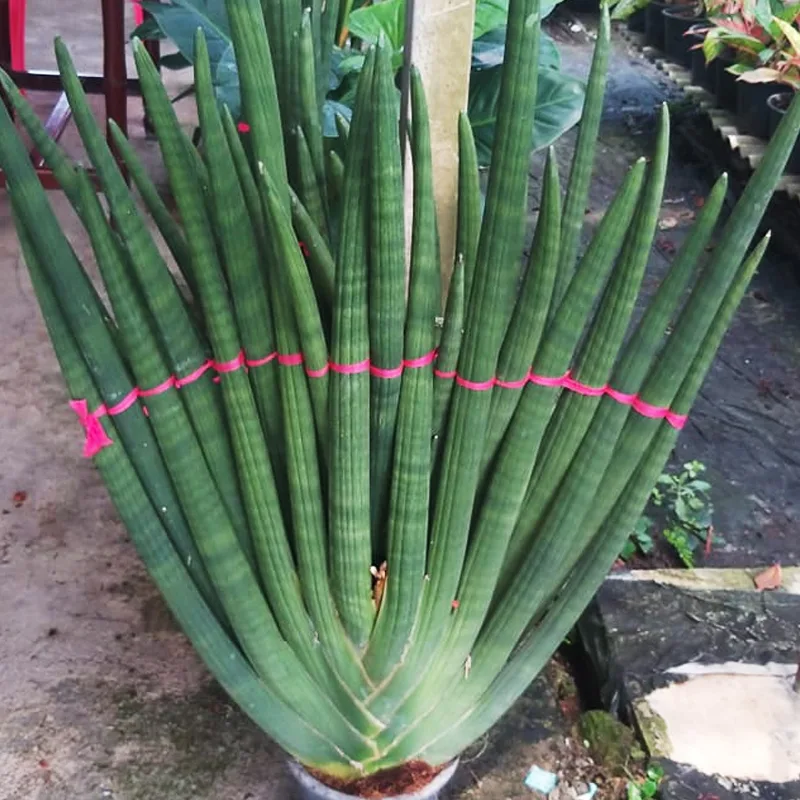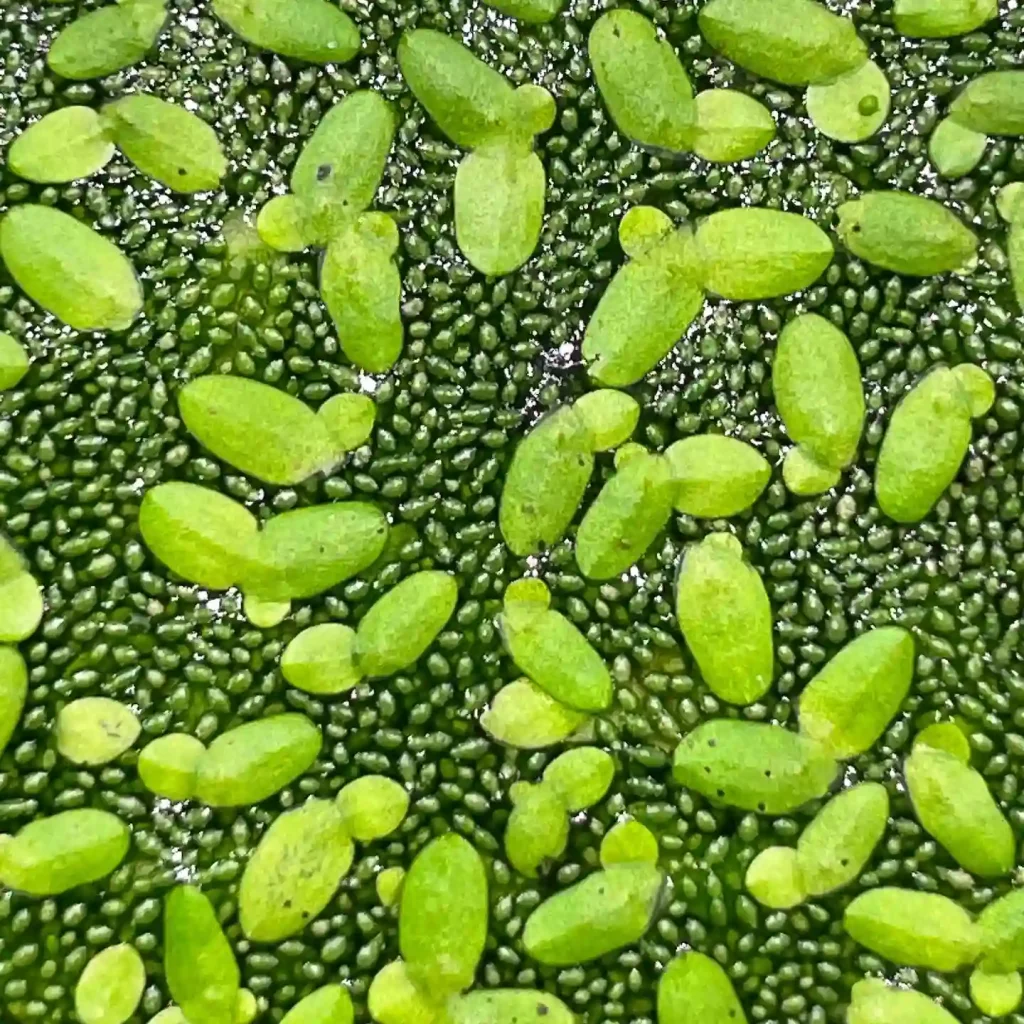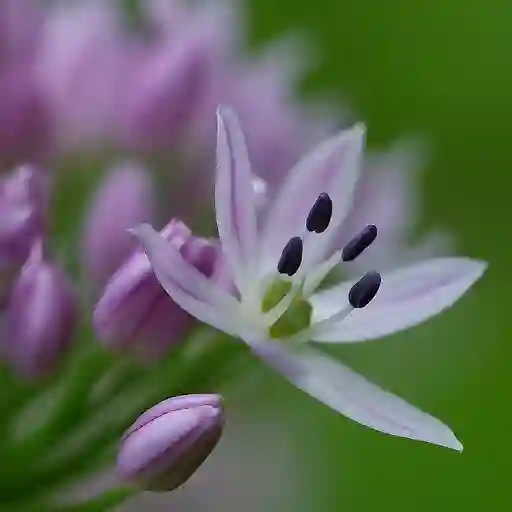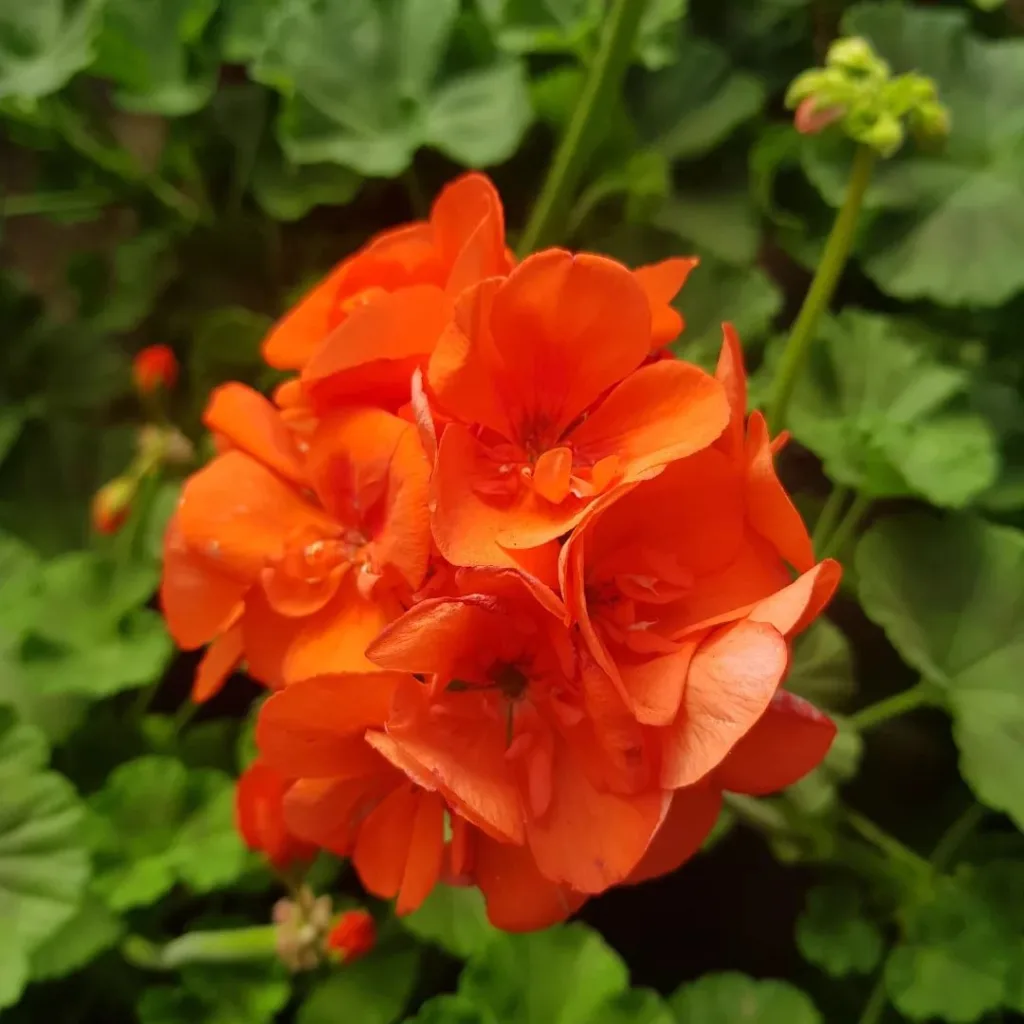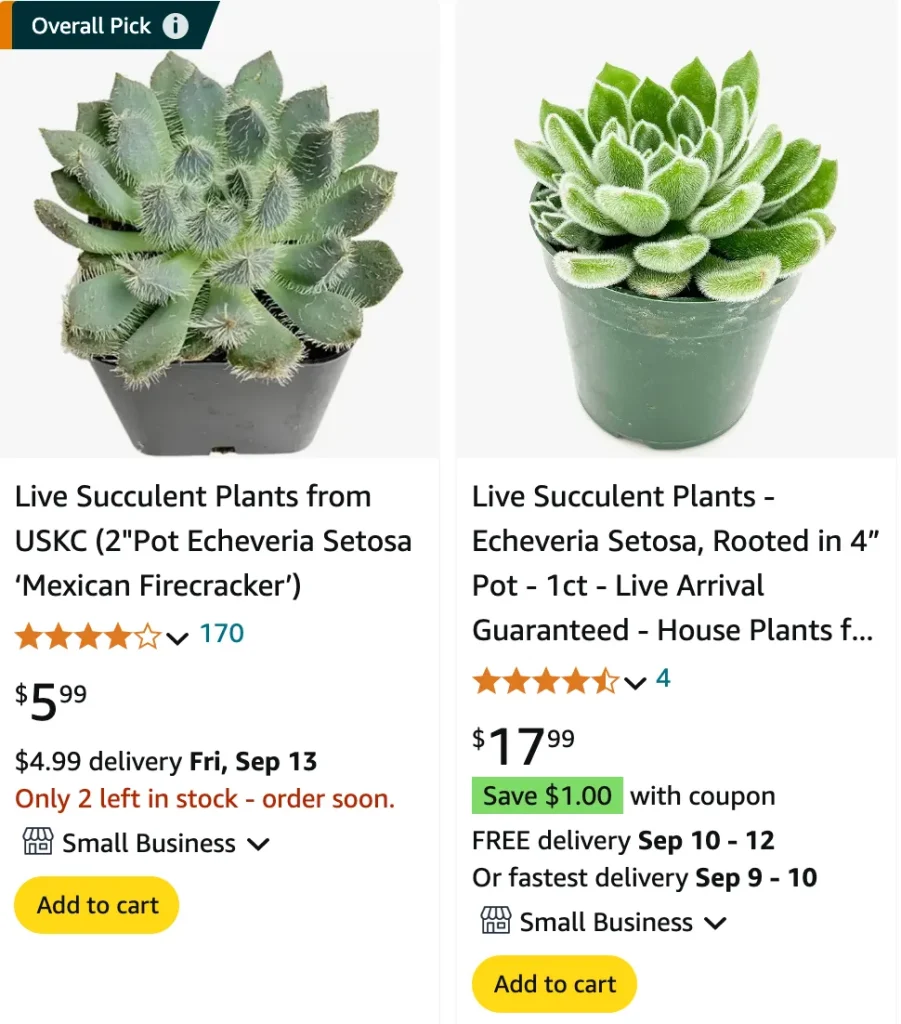
Echeveria Setosa: Your Ultimate FAQ Guide
Echeveria Setosa, often affectionately called the “Fox Tail” or “Woolly Rose,” is a charming succulent that’s become increasingly popular among plant enthusiasts. Its unique fuzzy appearance, reminiscent of a fox’s tail, makes it a standout addition to any collection. If you’re considering adding this delightful plant to your home or garden, here’s a comprehensive FAQ guide to help you get started.
202 Species in Genus Echeveria
What is Echeveria Setosa?
Echeveria Setosa is a rosette-forming succulent characterized by its soft, hairy leaves. These leaves are typically covered in fine, white hairs that give the plant a woolly or fuzzy texture. The plant’s rosettes are usually greenish-gray with hints of pink or red at the tips, adding to its visual appeal. It’s a low-maintenance plant that thrives in well-drained soil and is perfect for both beginners and experienced gardeners.
How to Care for Echeveria Setosa?
Caring for Echeveria Setosa is relatively straightforward, but there are a few key points to keep in mind:
- Light: Echeveria Setosa thrives in bright, indirect sunlight. Ideally, it should receive at least 4-6 hours of light each day. If grown indoors, place it near a south-facing window to ensure it gets enough light.
- Watering: Like most succulents, Echeveria Setosa prefers to dry out between waterings. Water it thoroughly but infrequently. Allow the soil to dry out completely before watering again. Overwatering can lead to root rot, which is a common issue with succulents.
- Soil: Use a well-draining succulent or cactus mix. A mixture of potting soil with sand or perlite works well. The key is to ensure that the soil allows excess water to drain away quickly.
- Temperature: Echeveria Setosa prefers moderate temperatures and is hardy in USDA zones 9b to 11. It can tolerate some cold but should be protected from frost.
How to Propagate Echeveria Setosa?
Propagation of Echeveria Setosa can be done through leaf or stem cuttings. Here’s how:
- Leaf Cuttings: Gently twist off a healthy leaf from the rosette. Let it dry for a few days to form a callus on the cut end. Place the leaf on well-draining soil and mist lightly. In a few weeks, you should see tiny roots and a new rosette forming.
- Stem Cuttings: Cut a healthy stem just below a leaf node. Let the cutting dry out for a few days before planting it in soil. Water sparingly until new growth appears.
Echeveria Setosa vs Doris Taylor
When comparing Echeveria Setosa with Doris Taylor, there are a few notable differences:
- Appearance: Echeveria Setosa has a more pronounced fuzzy texture compared to Doris Taylor, which has softer, less hairy leaves. Doris Taylor often has more pronounced color variations, including shades of purple and red.
- Growth: Doris Taylor tends to grow in a more compact rosette shape compared to the slightly more open rosette of Echeveria Setosa.
- Care: Both plants have similar care requirements, but Doris Taylor might be a bit more tolerant of slightly less light.
What to Plant With Echeveria Setosa?
Echeveria Setosa pairs beautifully with other succulents and drought-tolerant plants. Some great companions include:
- Sedum: Varieties like Sedum ‘Angelina’ or Sedum ‘Jelly Beans’ complement Echeveria Setosa well.
- Crassula: Plants like Crassula ‘Campfire’ or Crassula ‘Buddha’s Temple’ add interesting textures and colors to your succulent garden.
- Aloe: Aloe Vera or Aloe ‘Black Gem’ can provide contrasting shapes and colors.
Can You Grow Echeveria Setosa Indoors?
Yes, Echeveria Setosa can be grown indoors. Ensure it gets plenty of bright, indirect light. A south-facing window is ideal. You can also use grow lights if natural light is insufficient. Be cautious about overwatering, as indoor environments can have lower airflow, which may lead to faster soil moisture retention.
Is Echeveria Setosa Toxic?
Echeveria Setosa is non-toxic to humans and pets. It’s safe to have around children and animals, though, as with all plants, it’s a good idea to avoid ingestion of any plant material.
Benefits of Echeveria Setosa
Echeveria Setosa offers several benefits:
- Low Maintenance: It requires minimal care, making it perfect for busy or novice plant owners.
- Air Purification: Like many succulents, it can help improve indoor air quality by removing toxins and releasing oxygen.
- Decorative Appeal: Its unique appearance adds visual interest to any plant collection or indoor décor.
Common Problems and Solutions
- Overwatering: The most common problem is overwatering, which can lead to root rot. Ensure proper drainage and let the soil dry out between waterings.
- Pests: Watch for common pests like mealybugs and aphids. Treat infestations with insecticidal soap or neem oil.
- Sunburn: If the plant receives too much direct sunlight, it may develop sunburn, characterized by brown or white patches on the leaves. Move it to a spot with filtered light.
Conclusion
Echeveria Setosa is a delightful succulent with its fuzzy leaves and easy care requirements. By understanding its needs and addressing common issues, you can enjoy a healthy, thriving plant. Whether you choose to grow it indoors or as part of a garden, it will add charm and beauty to your space.
If i die, water my plants!
